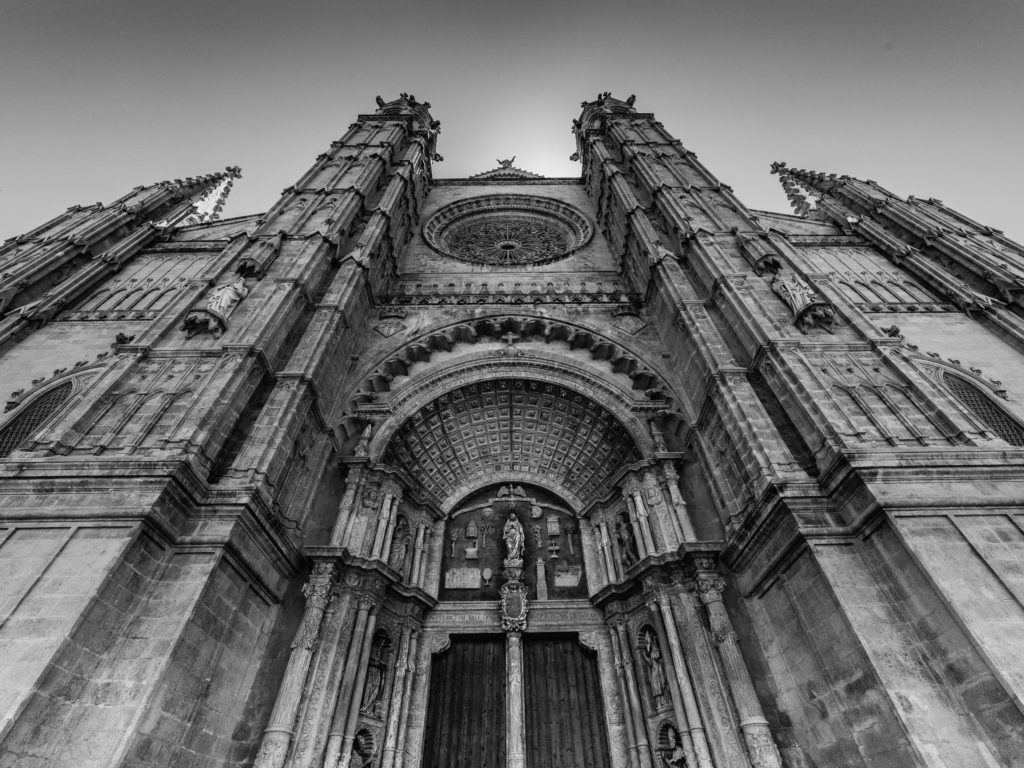Early classical architecture was founded by the Greeks, and next the Romans
Greco-Roman Ptolemaic era Early classical architecture enhanced earlier OK and MK infrastructure work in the Faiyum Depression to service the population explosion at that time. Egypt was then in decline, as was the prosecution of megaprojects. The invention of pozzolan[i] by the Greeks was taken up, after 400 BC, by the Romans, who built extensive infrastructure at home and abroad to expand their empire into Gaul, the Levanth, and of course, Northern Africa and Egypt. The new material enabled the erection of stronger, more enduring structures, and allowed a lower level of finished tolerance in masonry joints, which greatly facilitated the manufacturing and setting processes.

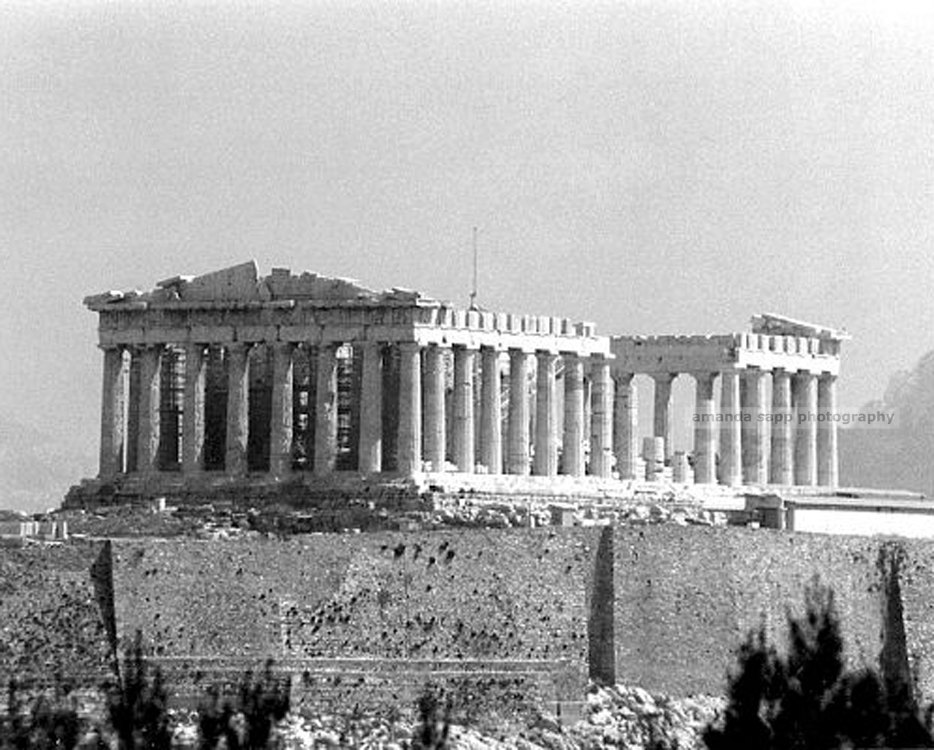
The Romans emulated the classical orders of the Greeks in the building up their fora and atria. With their perfection of pozzolana the Romans were able to engineer many infrastructure megaprojects using the new found technology, including a vast network of roads, aqueducts, canals, and bridges and dams. They had unfettered access to resources with which to build. In establishing their empire, they were the most prolific of all ancient megaproject builders, as well as the most widespread.
Megaprojects of the European Middle Ages were fueled by the rapid spread of Christianity, and the building of cathedrals. Building and art aesthetics from early in this period were Byzantine, and their art and architecture reflected that stoicism in the Romanesque style, which was later supplanted by soaring Gothic ‘vessels’[iv] of worship. Most of Europe’s greatest cathedrals were built in this period.
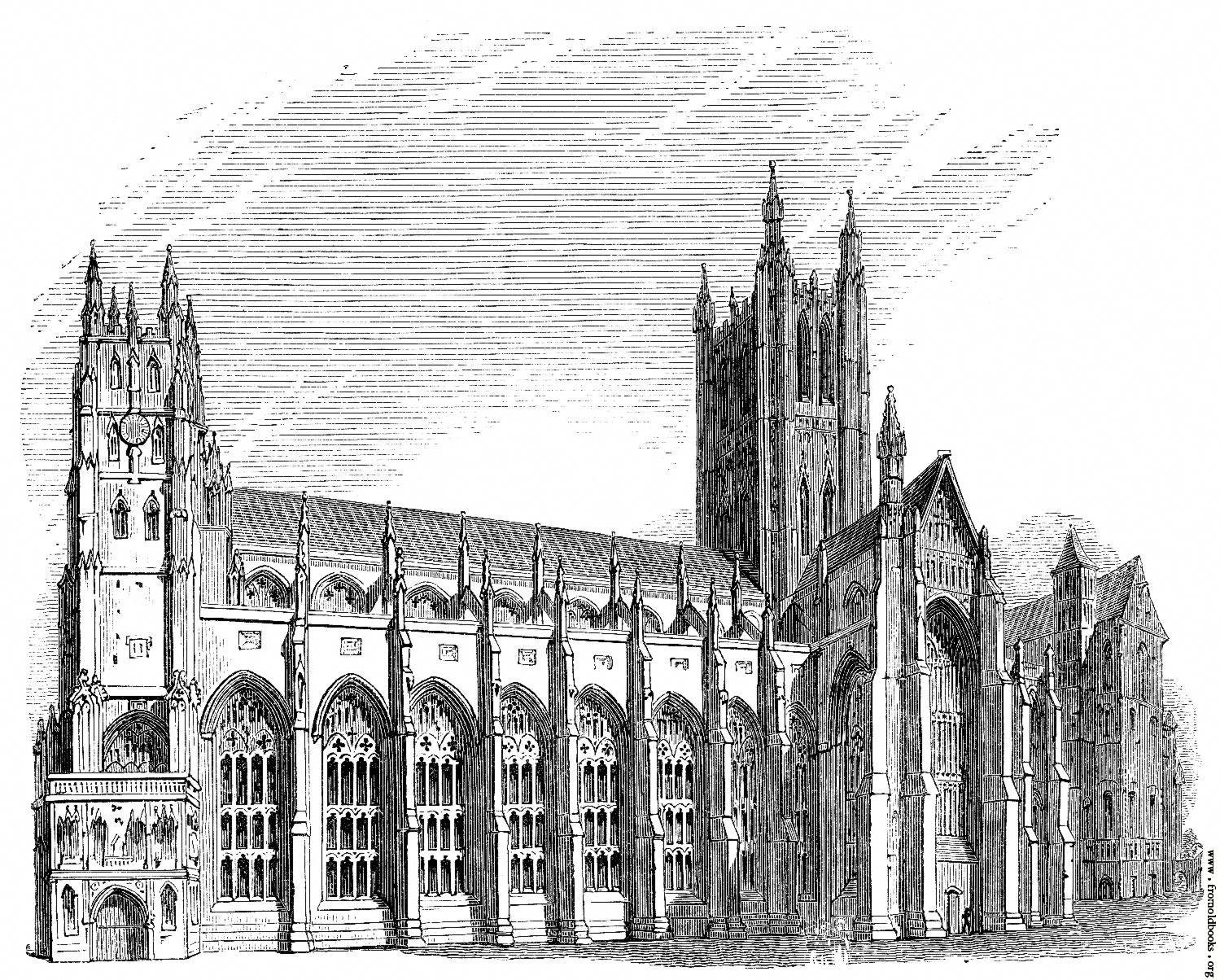
Many towns forbid building higher than these cathedrals, which is to say nothing must be venerated more highly than a town’s church spire. We see this same primal urge skyward in the erection of New York’s Freedom Tower – as if it was the holiest of structures. For whatever reason, it is true that in many entities, ordinances still forbid building higher than the central place of worship, and these ordinances can be traced back to the original masterplans.
Megaprojects hit their peak beginning in 14th century Florence, with the completion of Brunelleschi’s dome. The Quattro-cento and later Renaissance style had its roots in Greek philosophy, and reasserted the old classical architectural orders from the thrall of the old Romanesque. Various guilds came together to build megaprojects commissioned by the Church, or ruling family – the Medici, for example.
Brilliant painters, such as, Giotto, Duccio, Masaccio, and Michelangelo, came to embellish the walls and vaults of megachurches such as St. Peters[v], and Santa Maria del Fiore[vi], with brilliant Old and New Testament cycles. Megaprojects of the Renaissance were truly worthy of the reverence they inspired, and that was the whole point.
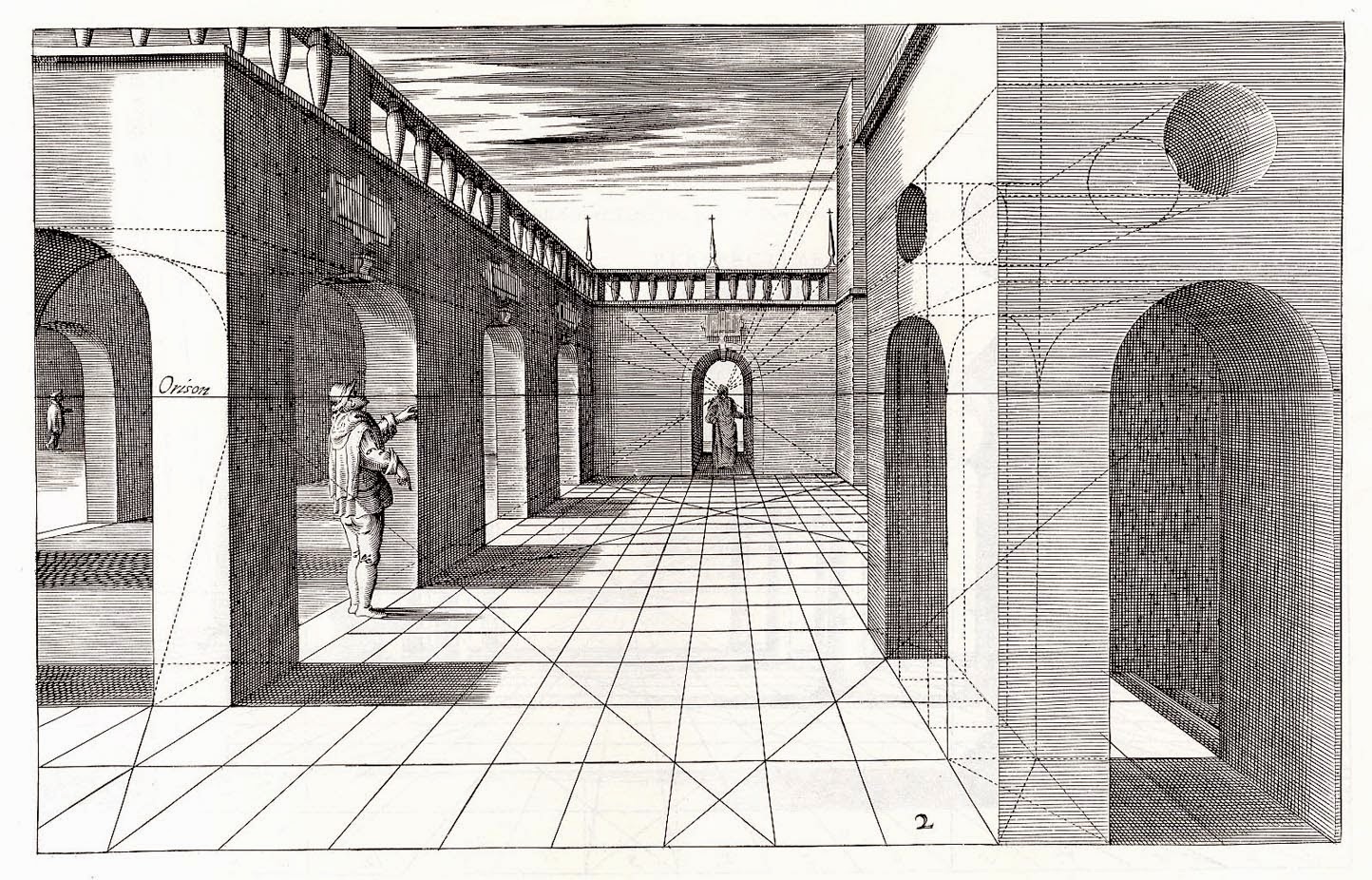
Newly learned three-point perspective was a game changer in the Renaissance, but Brunelleschi’s execution of the largest extant dome, all without the use of cumbersome and costly centering, was nothing short of miraculous. In its entirety, the church is a megaproject masterpiece. Il Duomo was controversial in its day, and long characterized as being fraught with political infighting, labor and budget problems, and fierce competition[vii], all of which are part of its fascinating story.
Not only did Brunelleschi have to invent elaborate rigging[viii] to raise fifteen ton stones to a height of one-hundred-thirty feet, he also went to the quarries and oversaw the procurement and machining of the material, as well as its subsequent journey to the site. He designed and presided over the building of the church without any formal architectural training, as he was a lifelong autodidact: teaching himself painting, sculpture, architecture, philosophy, and other Renaissance pursuits. Like any other inventor, his creations didn’t always pan out, for example, his scuttling in the Arno of his boat il Badalone,[ix] which was laden with the dome’s cupola[x]. Il Badalone, and his ingenious rigging at il Duomo, were two of the world’s first patents[xi].
Until the mid-19th century, built-megaprojects (other than infrastructure) were expected to incorporate a level of detail and workmanship commensurate with the size of the work. Grand opera houses, ballrooms, and hotel designer all took great pains to adorn and embellish their work with Baroque elements, which to that time were hand-crafted. Heretofore, some basic level of detail was evident even in mundane household objects. Once machines began manufacturing everyday objects into homely mass-produced appendages the extra tooling to add decorative elements was considered an unnecessary, costly step that was eventually phased out almost altogether.
The Industrial Revolution, and ensuing Manufacturing Era, presided over the gradual diminution of skilled design and artisanship in built Early classical architecture. The demise coincides with the last of the post WWW II European immigrant waves that supplied most of the skilled artisans in America. The former London Crystal Palace, of 1851, may be thought of as a turning point into the Industrial Era proper. The palace was a brilliantly planned and successfully built glass and steel exposition hall housing 14,000 exhibitors. It was the inspiration for the original Pennsylvania Station.
However, future stakeholders subsequently had the idea to relocate the structure, but at a cost of nearly ten times its original cost. The Palace never recovered from this debt, and was finally left to languish, until briefly being brought back to its original splendor, by its Board of Trustees, beginning in the 1920’s, and ending with the fire of 1936. Such an effort belongs in the rare megaproject revival context. As recent as 2013, a Chinese group proposed to reconstruct the Palace yet again; however, the idea was never taken seriously.
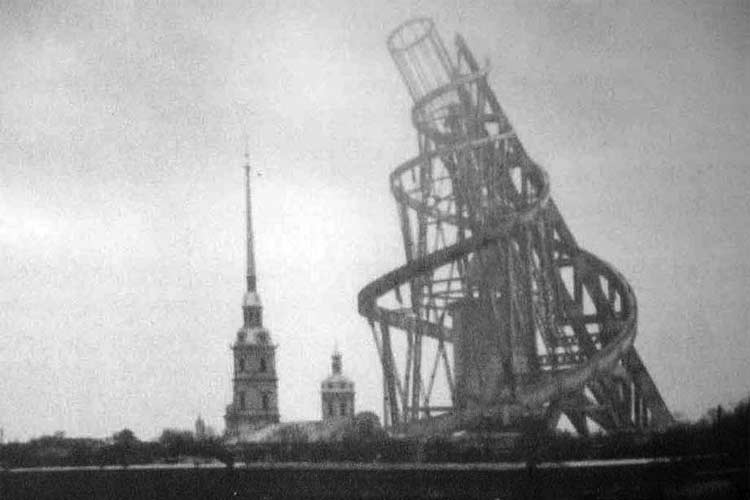
Tatlin’s Unbuilt (1919-1920) Monument to the Third International[xii] (above) was conceived purely as a statement of national pride. It would have surpassed the Eiffel Tower in height by several hundred feet. It was intended to be a symbol of Russia’s modernity. Brian Dillon sees corollaries between the tower, and the Seven Wonders:
It conjured architectural wonders: both ancient and modern, real and imagined. It resembled the Tower of Babel, the Colossus of Rhodes, the Pharaoh’s lighthouse at Alexandria, the emblematic landmarks of Pisa and Paris. It could even be viewed as a diagram of the thrusting gesture of the Statue of Liberty (Dillon, 2009)
Given the housing shortage, and bankrupt steel industry in post-revolutionary Russia, this megaproject had little chance of realization[xiii]. It didn’t help that Stalin rejected it as avant-garde- something he hated. Even if it had funding, the mechanics of the double-revolving helix were only a loose concept. In his mind it served no purpose.
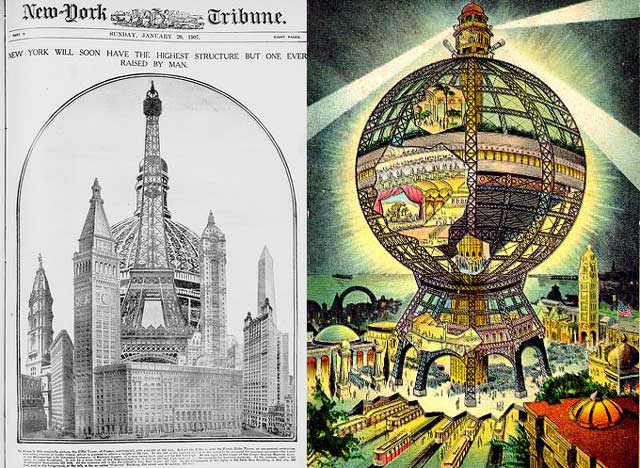 Tatlin’s Tower was the fantastical Globe Tower (1906), [xiv], which was hyped as a mega-resort, but proved nothing more than a mere swindle. Koolhaas says of the scheme
Tatlin’s Tower was the fantastical Globe Tower (1906), [xiv], which was hyped as a mega-resort, but proved nothing more than a mere swindle. Koolhaas says of the schemeThe most voluminous building ever proposed in the history of mankind, it combines in a single gestalt the opposites – needles and sphere that have been the extremes of Manhattan’s formal vocabulary ever since the Latting Observatory and the balloon of the Crystal Palace were juxtaposed in 1853 (Koolhaas, 1978)
Yet the bogus Globe Tower was very likely a knock off, as well. It bears a striking resemblance to Palacio’s ambitiously proposed Monument to Christopher Columbus (1890). At 1,000 feet in circumference, it was also intended to shadow the Eiffel Tower. Supposedly, the Great Pyramids of Egypt, the Sphynx, and the Colossus, could lie in the hollow interior like jewels in a case (Scientific American, 1890).
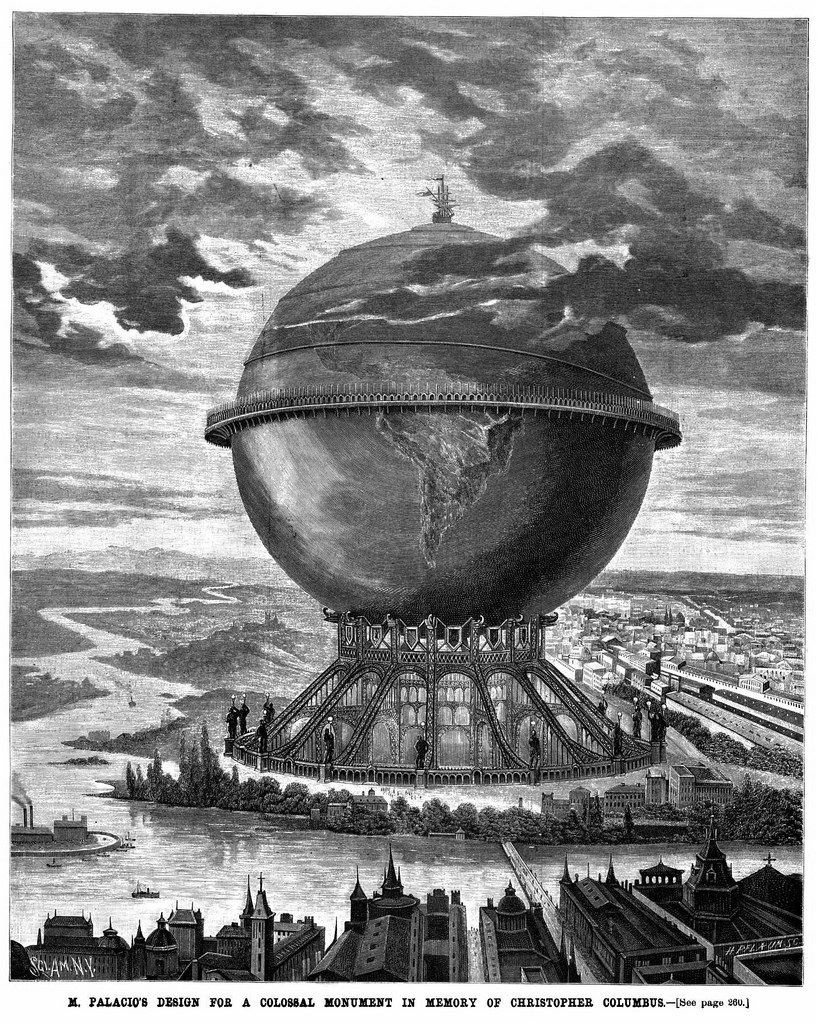
goodbye to Early classical architecture
[i] They developed an early form of silica based concrete that was impervious to water.
[ii] http://www.livescience.com/37704-phi-golden-ratio.html
[iii]
[iv] As a spiritual transport to heaven.
[v] In Rome
[vi] Il Duomo, Florence, Italy
[vii] Specifically, his rival Ghiberti.
[viii] http://www.florenceinferno.com/the-brunelleschi-dome-santa-maria-del-fiore/
[ix] https://knowfuture.wordpress.com/2011/03/09/il-badalone-brunnelleschi-and-the-first-patent/
[x] Brunelleschi was industrious. The replacement material for the cupola was upcycled from tombstones.
[xi] http://dollyoko.thing.net/rough/text/patents01.htm
[xii]
[xiii] Its bizarre revolving double-helix structure was fantastical.
[xiv] http://www.westland.net/coneyisland/articles/globetower.htm
#megaprojects #projectmanagement
